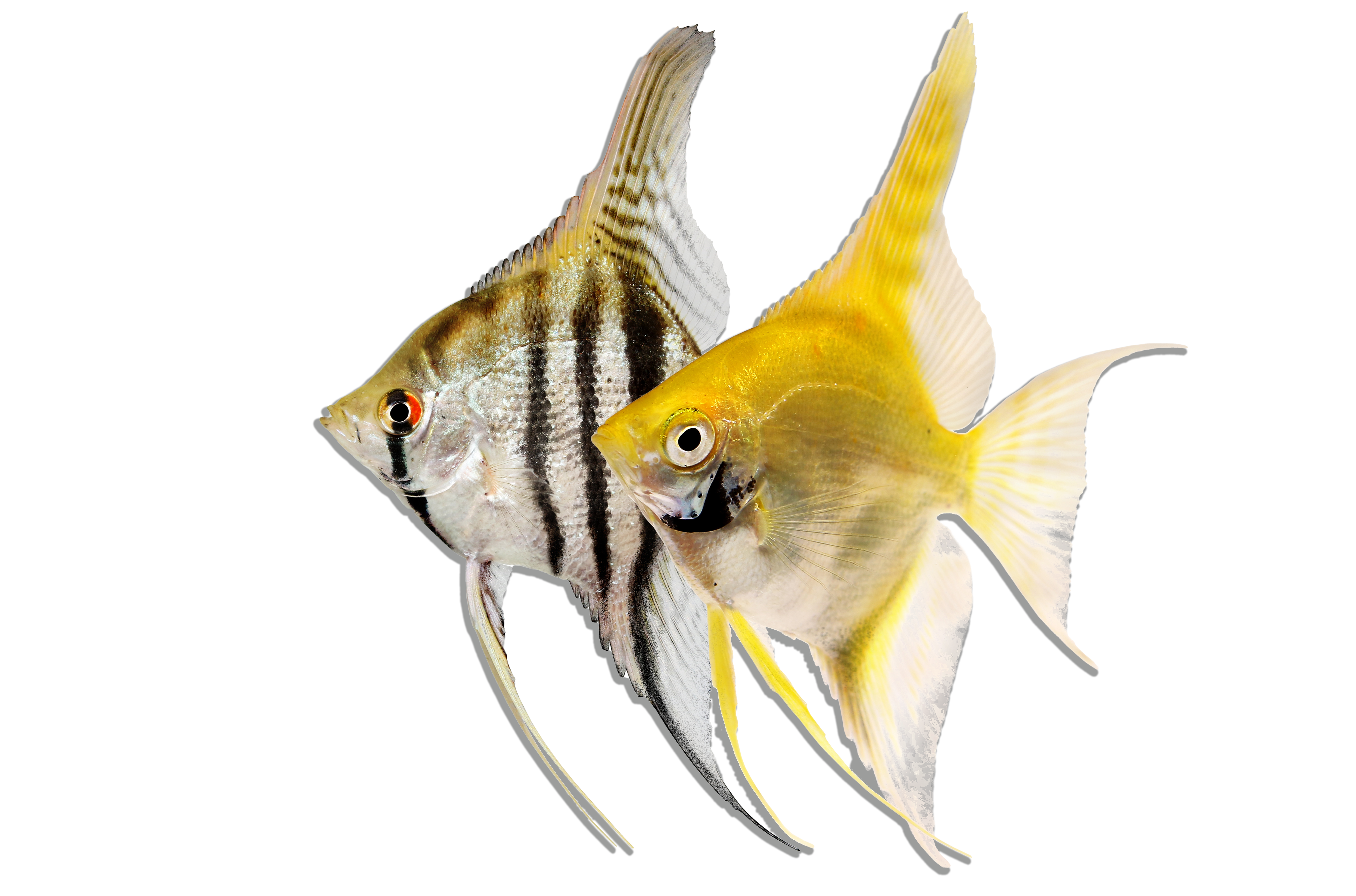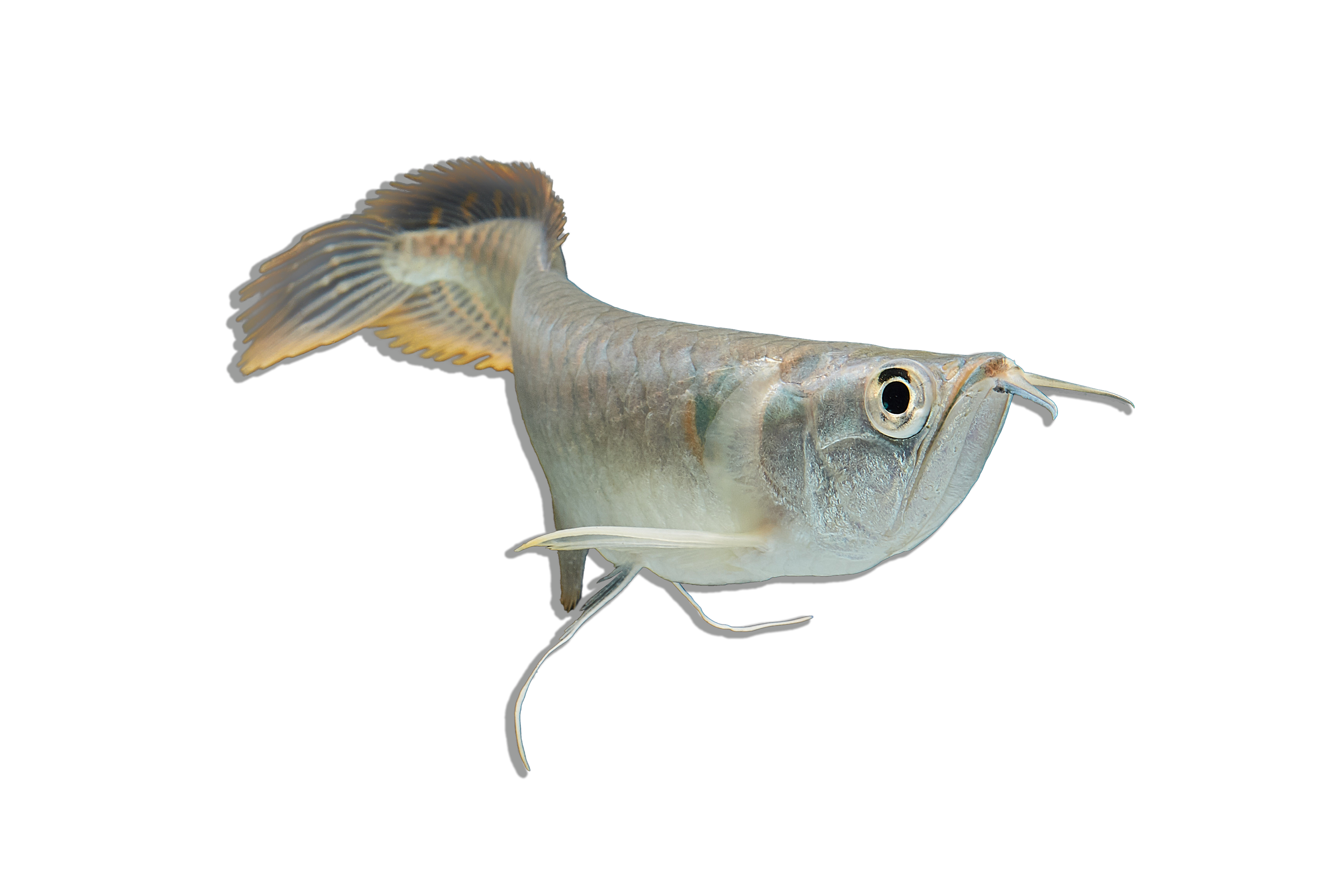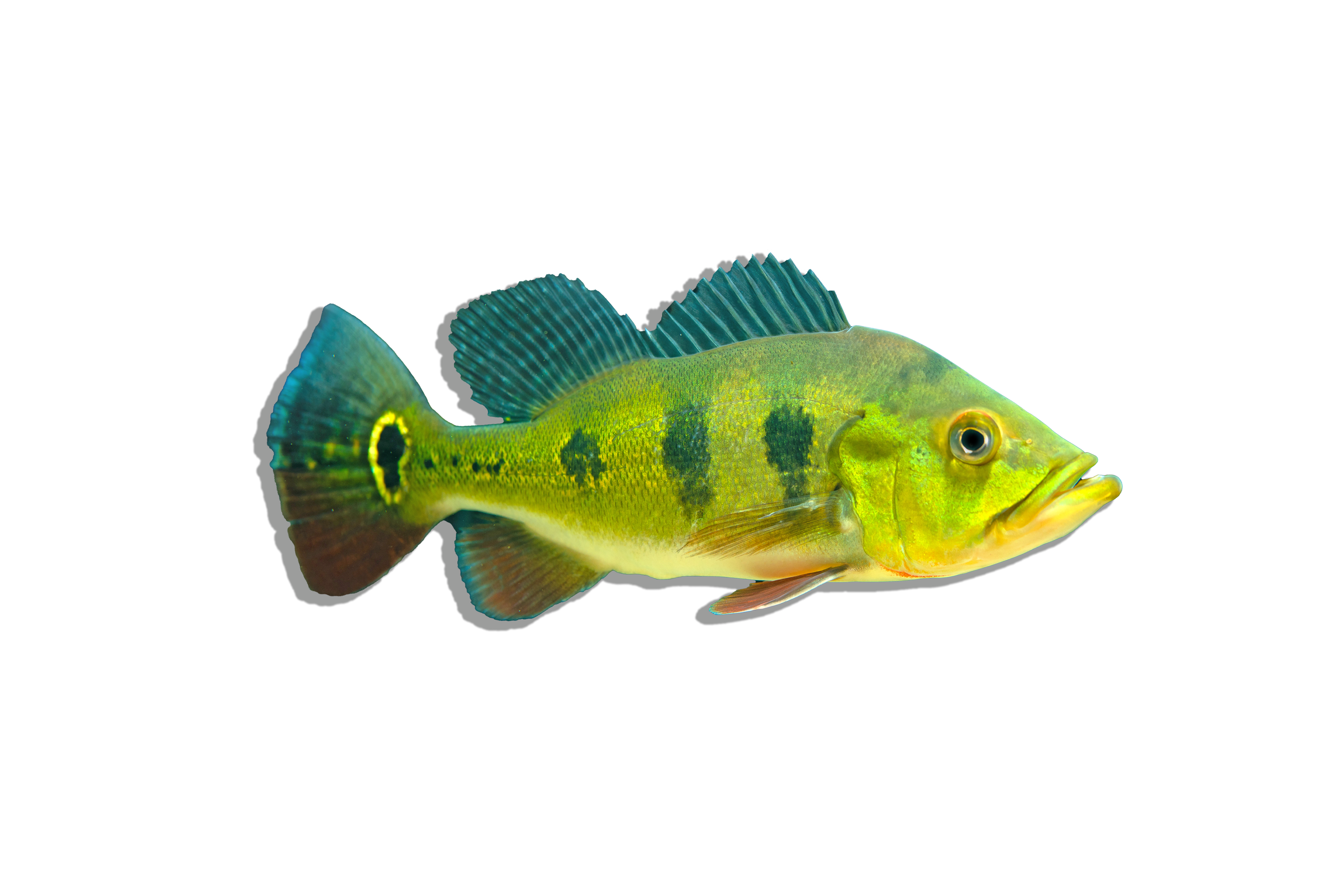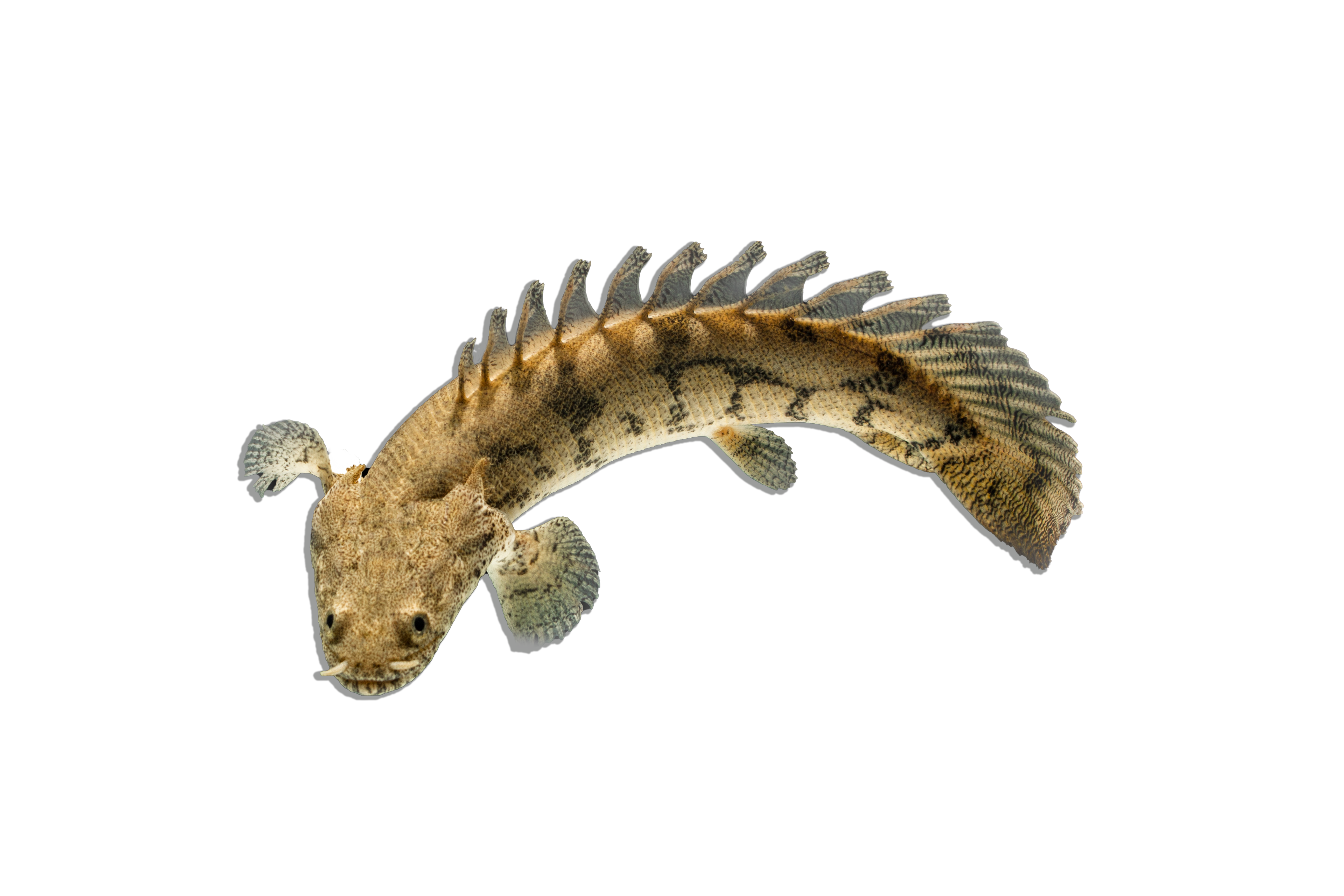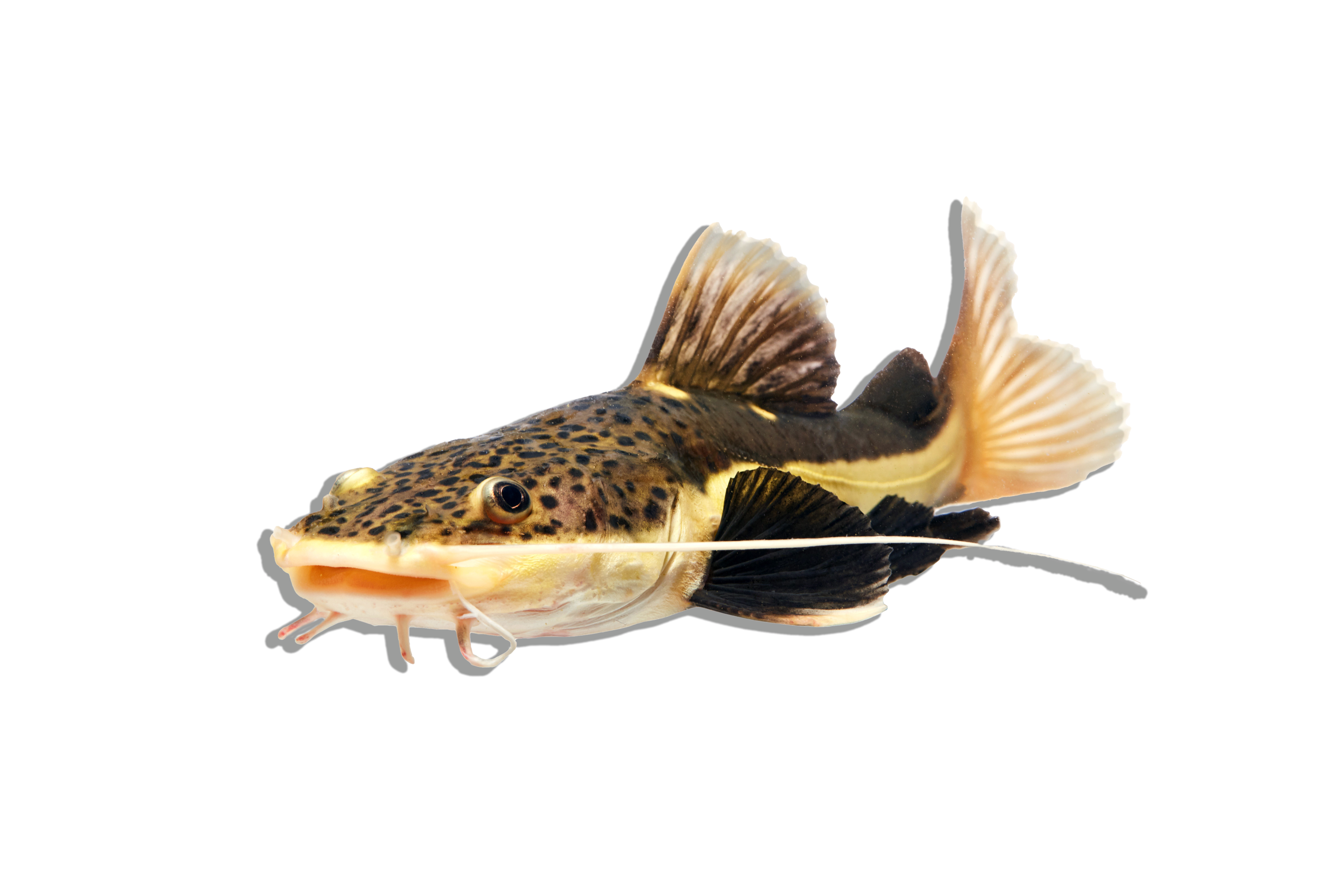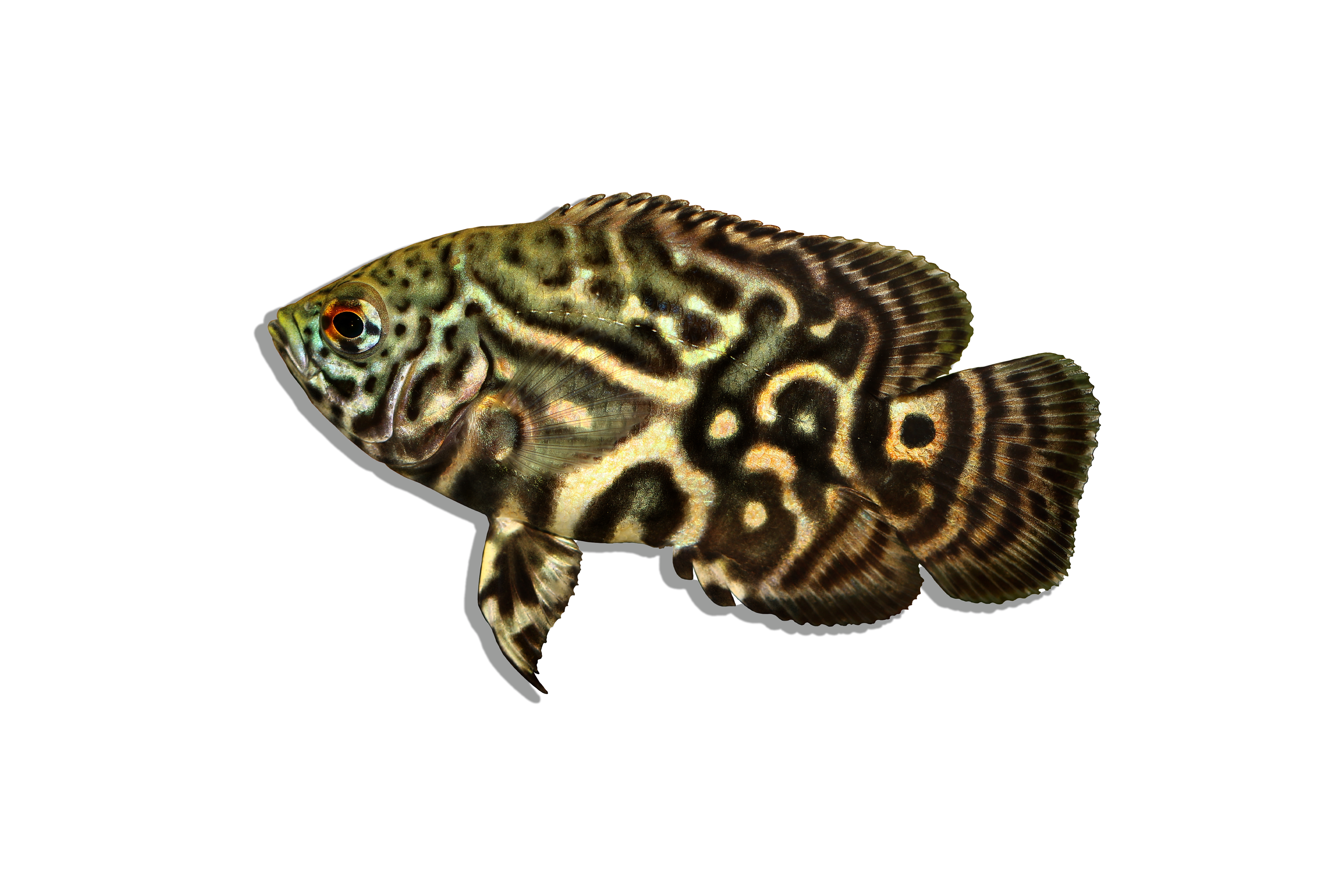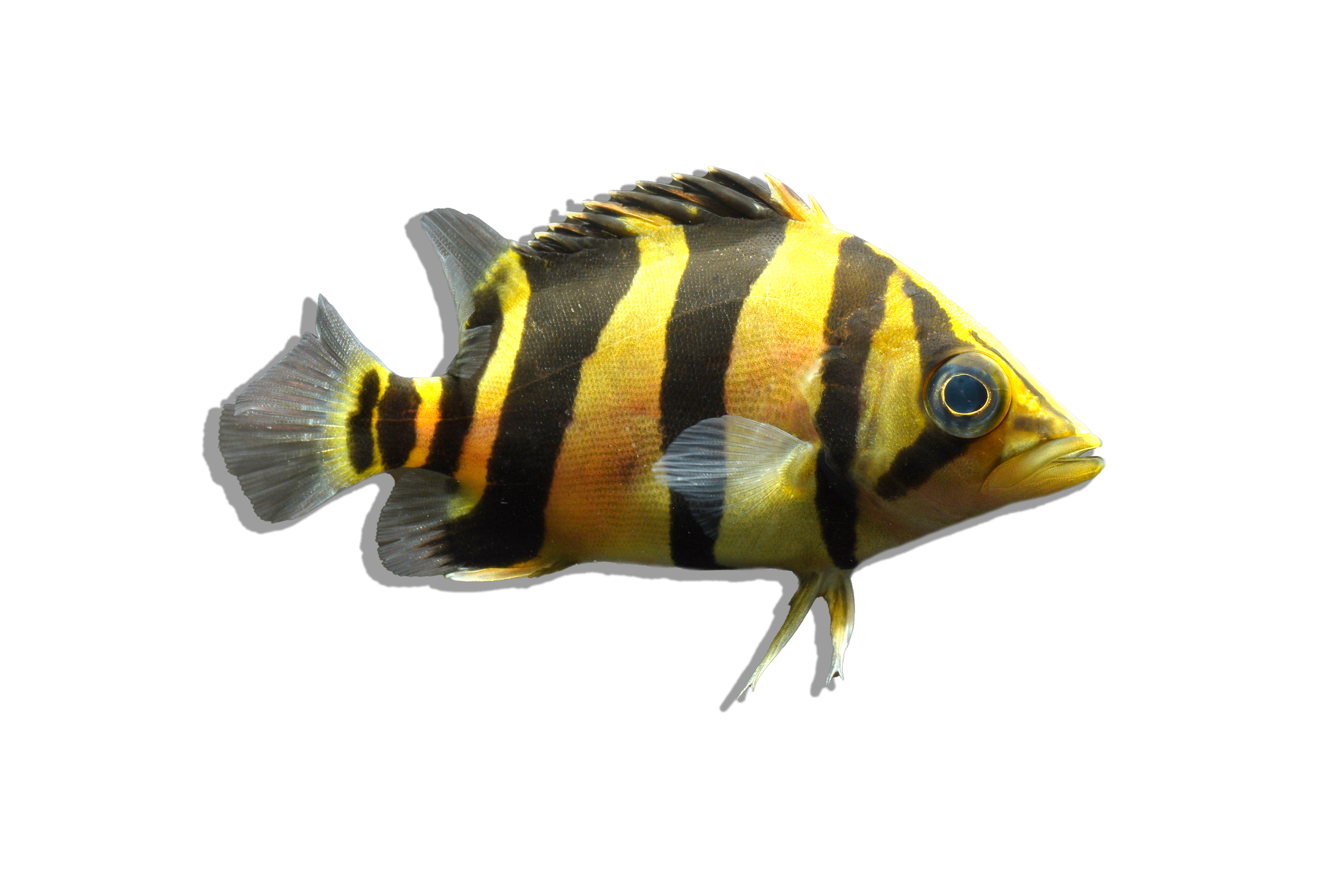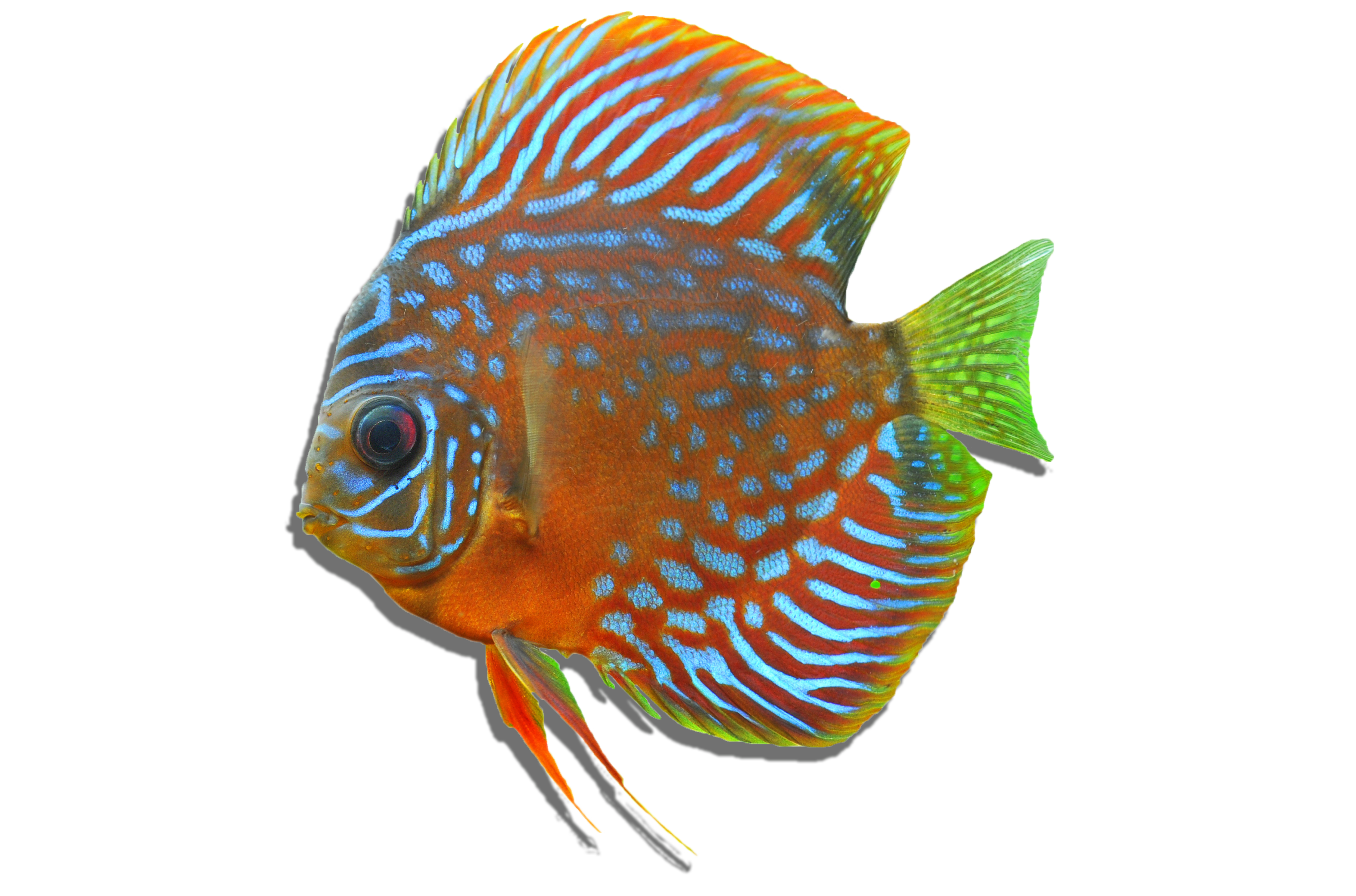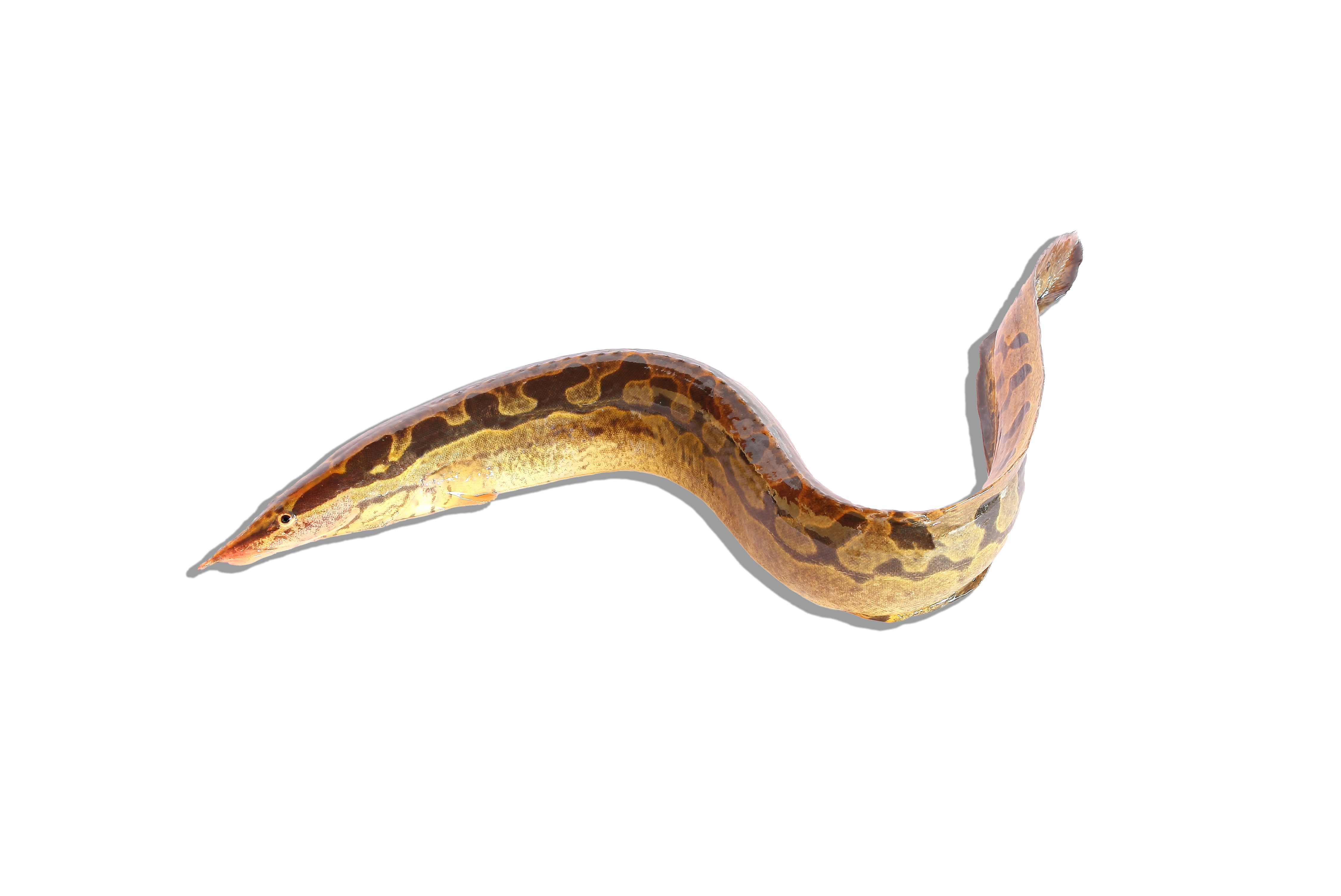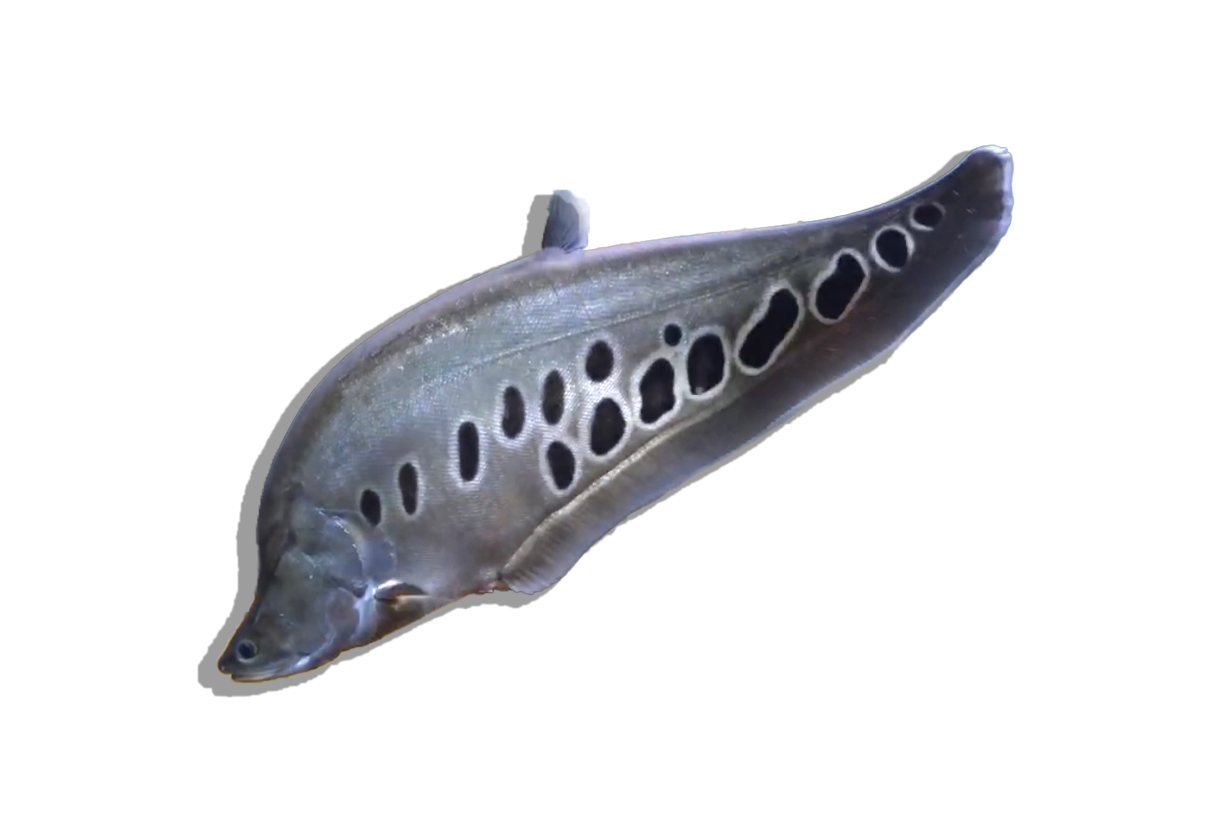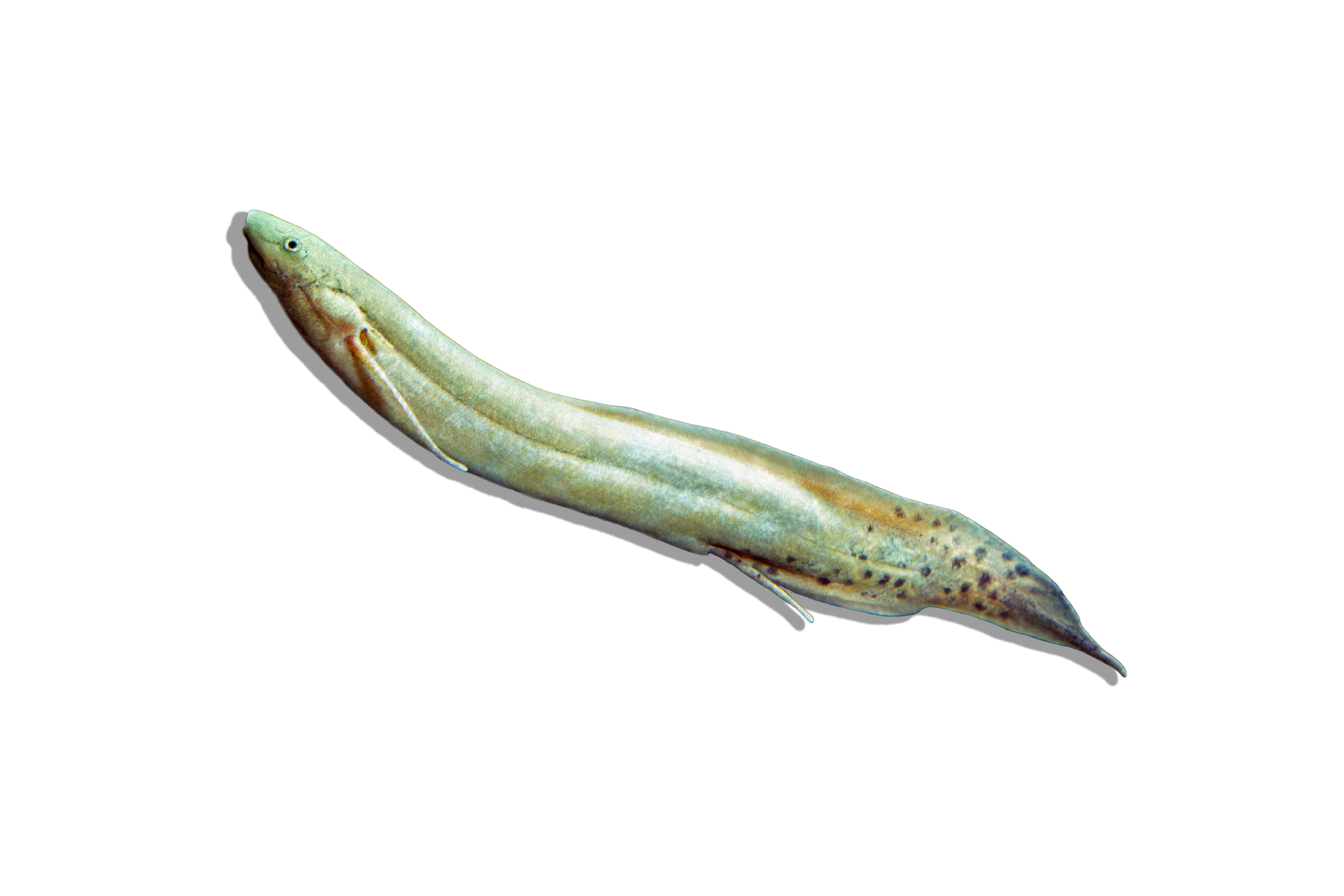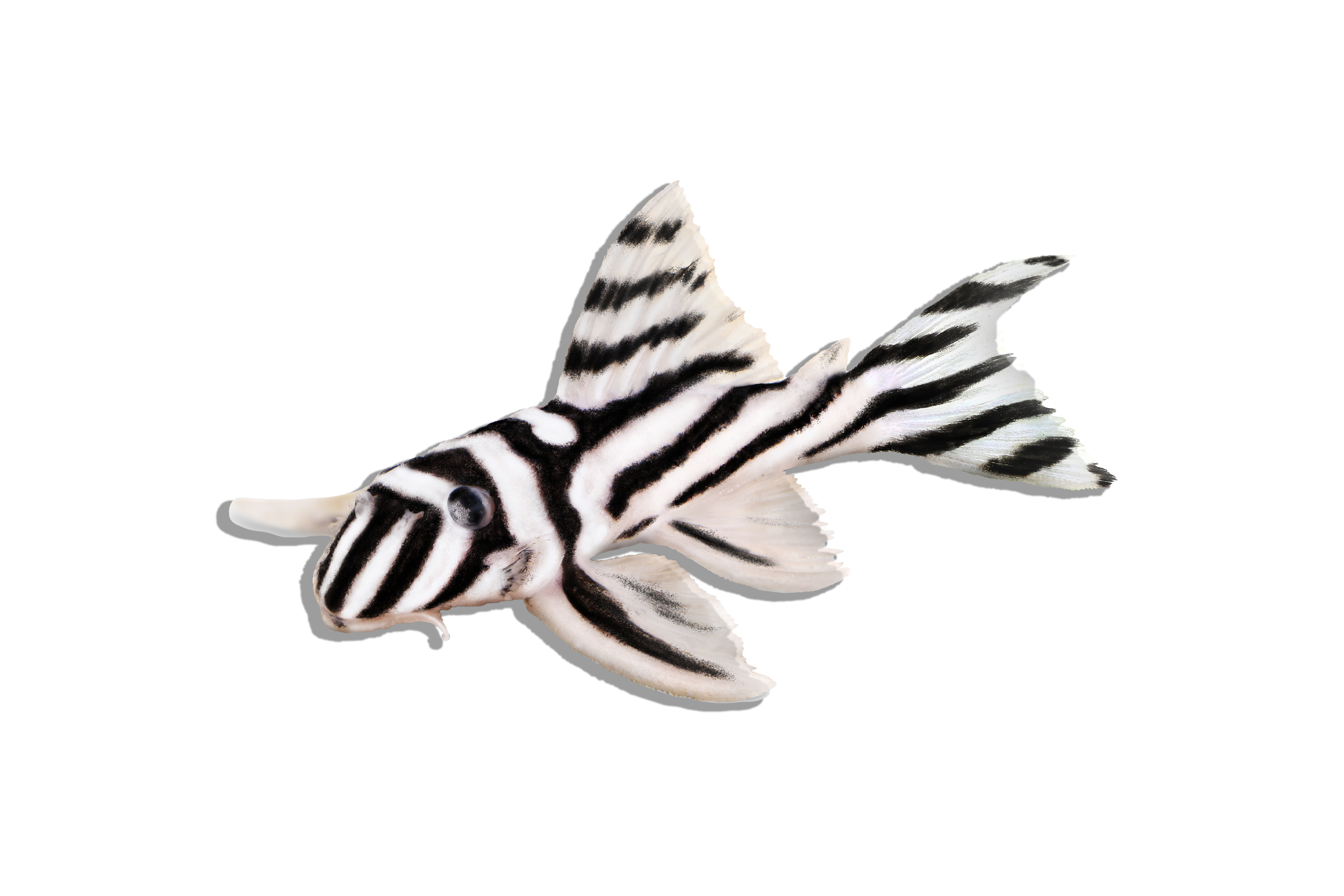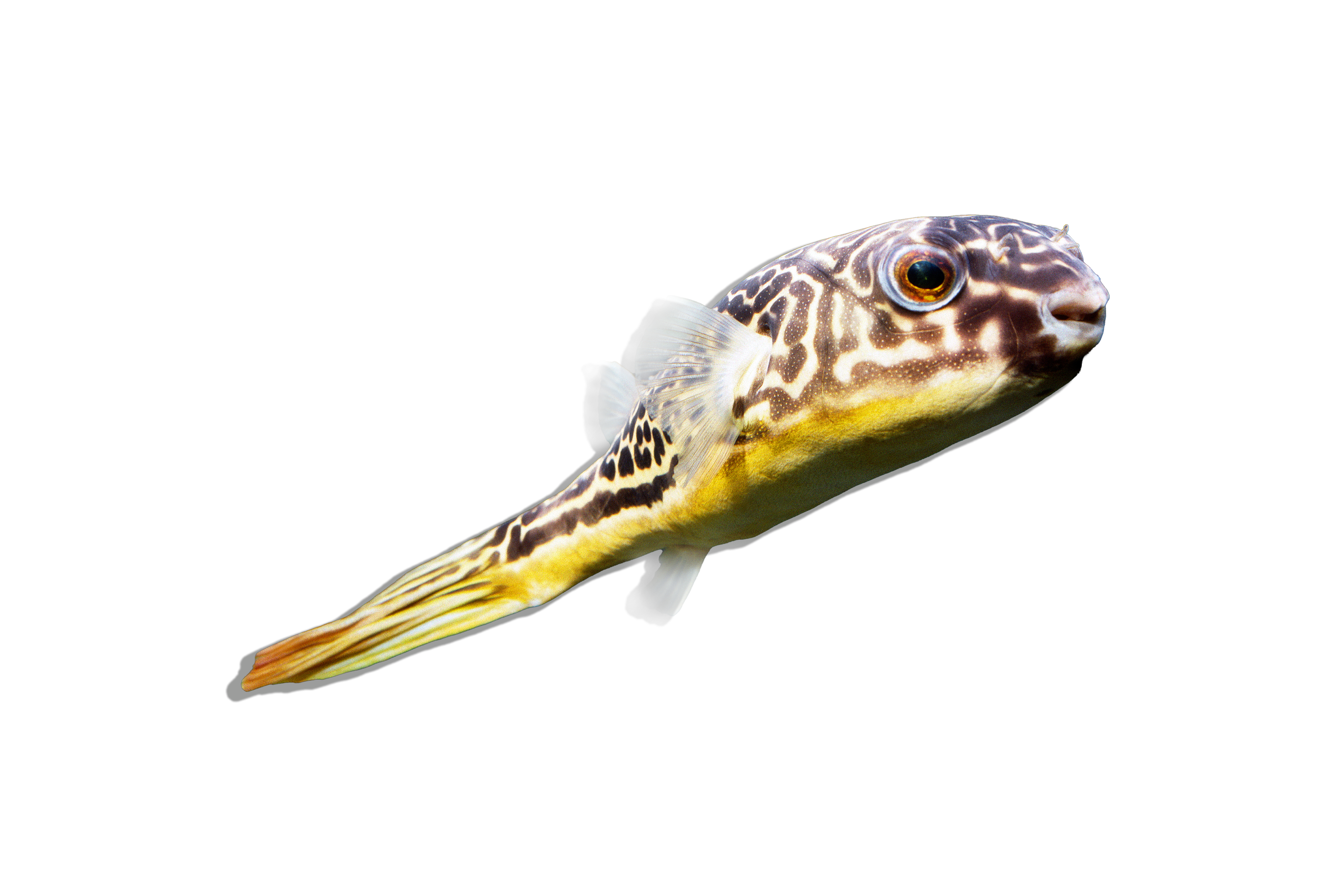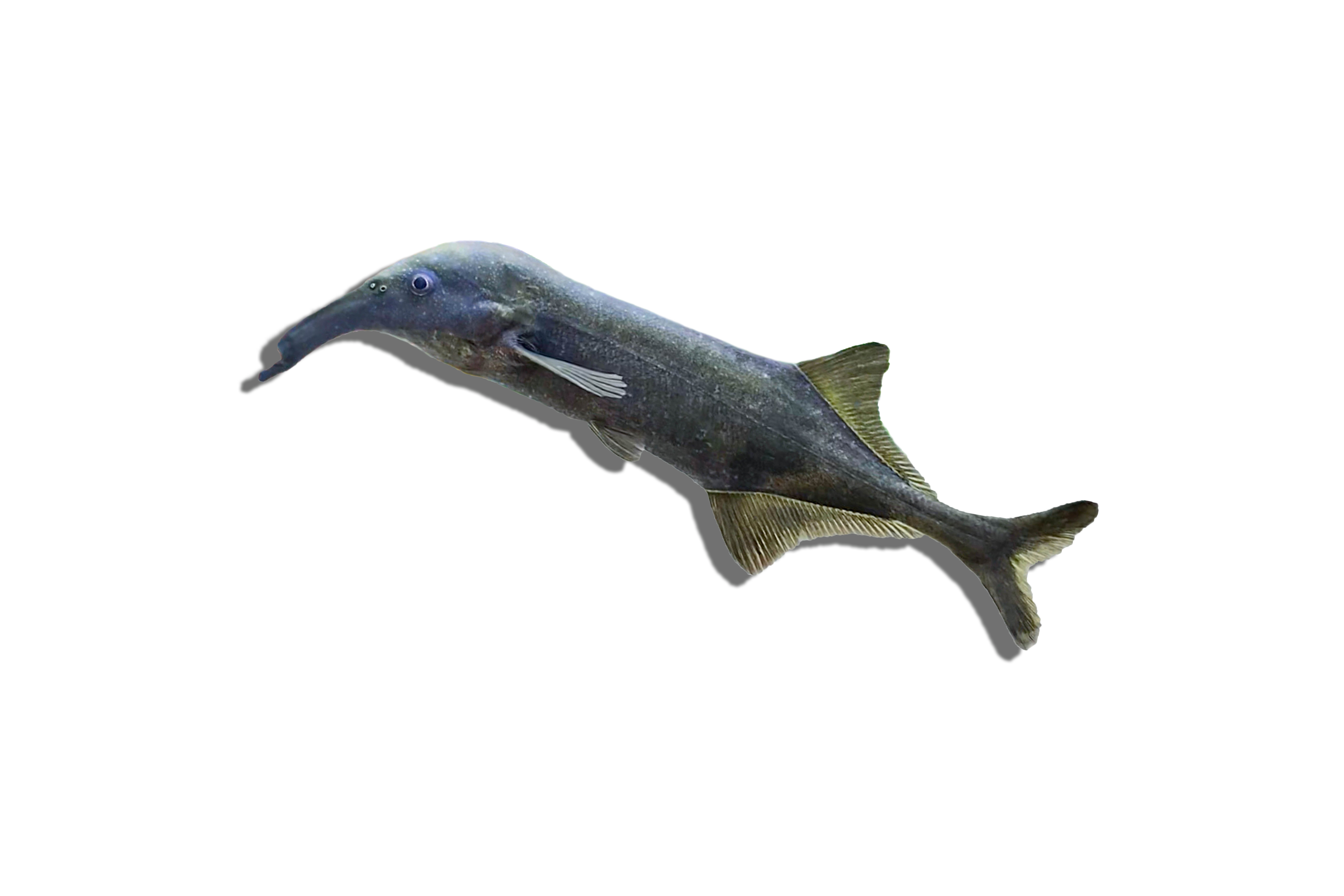Description
Common Name: Luteus Pleco
Scientific Name: Hypostomus luteus
Other Names: Golden Pleco, Luteus Catfish
The Luteus Pleco is a stunning and highly prized species in the Loricariidae family, notable for its striking golden-yellow coloration. This color can vary in intensity, sometimes presenting a more subdued, brownish hue. An attribute that the Luteus Pleco is well-known for is the color transformation they experience throughout their life, beginning as mostly brown juveniles full of fine golden spots and gradually morphing into a brilliant gold as they age starting around the fins and slowly working its way into the body, typically described as Phases I, II & III. Phase 1 usually refers to the mostly brown juvenile coloring, Phase 2 referring to the halfway point in the transformation where only the fins and some of the body possess the gold coloring, and Phase 3 describing the final mature coloring with gold coverage all throughout the fins and body. It is not completely understood why this color morphing occurs, and the transformation seems to manifest slightly differently and along different timelines from one specimen to another. Like other plecos, it has a sucker-like mouth for adhering to surfaces and grazing on algae. The body is elongated and somewhat flattened, typical of bottom-dwelling catfish.
Habitat and Distribution:
Hypostomus luteus is native to the Tocantins River basin in Brazil. It inhabits fast-flowing, clear waters, often attaching itself to rocks and other submerged surfaces.
Size and Lifespan:
The Luteus Pleco can grow quite large, reaching up to 12-18 inches in an aquarium setting. With proper care, they can live for several years, typically around 10-15 years.
Diet and Behavior:
This species is predominantly herbivorous, feeding on algae and biofilm in its natural habitat. In captivity, its diet should consist of high-quality algae-based foods, such as sinking pellets or wafers, supplemented with fresh vegetables like zucchini, cucumber, and occasional treats of fruits. They may also accept some meaty foods, but these should not be the mainstay of their diet.
Breeding and Reproduction:
Breeding the Luteus Pleco in captivity is rare and challenging. They typically require large tanks with excellent water quality and a proper diet to trigger spawning behaviors.
Aquarium Care and Tank Requirements:
Due to their potential size, a large aquarium is necessary for the Luteus Pleco. A minimum of 200 gallons is recommended, but larger is better, especially for adult specimens. The tank should have plenty of hiding places, a soft substrate, and a strong current. Good filtration is crucial to maintain water quality.
Ideal Tank Mates:
Given its size and peaceful nature, the Luteus Pleco can be kept with a variety of fish. Suitable tank mates include larger tetras, cichlids, and other peaceful, similarly-sized fish. Avoid very small fish that may be outcompeted for food.
Difficulty Level:
Intermediate to Advanced. Their large size and specific dietary and environmental needs make them more suitable for experienced aquarists.
Water Parameters:
- Temperature: 76-82°F (24-28°C)
- pH: 6.5-7.5
- General Hardness (GH): 5-15 dGH
- Carbonate Hardness (KH): 3-8 dKH
- Ammonia: 0 ppm
- Nitrite: 0 ppm
- Nitrate: <20 ppm
Additional Information:
- The Luteus Pleco's bright yellow coloration makes it a visually striking addition to a large aquarium.
- They are generally hardy but require stable water conditions and a well-maintained tank.
- As with many large plecos, they produce a significant amount of waste, so regular water changes and effective filtration are essential for their well-being.

